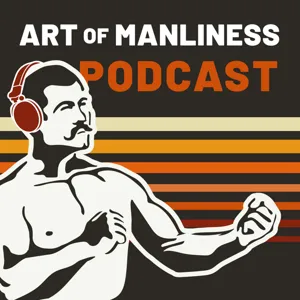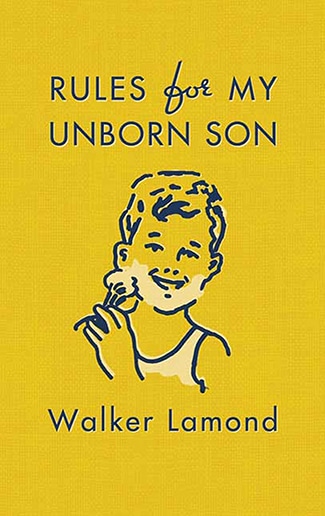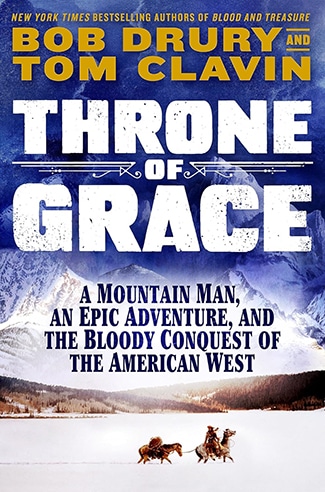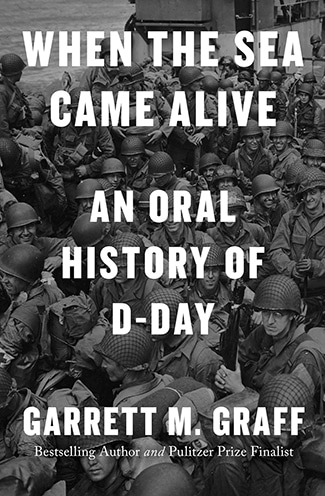Podcast Summary
The Transformation of Santa in NYC: During the late 1800s and early 1900s, New York City played a pivotal role in transforming Santa Claus from a folkloric figure to a commercial symbol of Christmas, with one man, John Gluck, capitalizing on this shift and making a fortune by answering Santa letters.
The modern Christmas traditions and the iconic figure of Santa Claus we know today were significantly shaped in New York City during the late 19th and early 20th centuries. This period saw the transformation of Santa from a mystical, folkloric figure to a commercialized symbol of the holiday season. John Gluck, a relative of the author, capitalized on this cultural shift by starting an organization to answer Santa letters and made a fortune in the process. However, as the author discovered, Gluck's seemingly charitable work had darker aspects. The story of Gluck and the invention of Christmas in New York is a fascinating exploration of American history, filled with colorful characters, bitter rivalries, and the intersection of culture, commerce, and deception. The book, "The Santa Claus Man," by Alex Palmer, provides a unique and entertaining perspective on the development of Christmas traditions in the United States.
The origins of Santa Claus in America: Santa Claus' American origins can be traced back to New York in the late 18th or early 19th century, popularized through the works of Washington Irving and John Pintard, and further developed by Clement Clark Moore's poem 'A Visit from St. Nicholas'.
The beloved figure of Santa Claus has deeper roots in American history than commonly believed. Contrary to popular belief, Santa Claus did not just appear as a timeless figure imported from Europe. Instead, his origins can be traced back to New York in the late 18th or early 19th century. The character was popularized through the works of Washington Irving and John Pintard, who presented St. Nicholas as a mythical, fun figure and tried to bring the celebration of St. Nicholas Day to America. The first image of St. Nicholas in the US was created in 1810. However, Santa Claus was still more of an ecclesiastical figure at that time. It was not until Clement Clark Moore's poem "A Visit from St. Nicholas" was published in 1821 that many elements of Santa Claus as we know him today began to emerge. Thus, the development of Santa Claus in the US was a result of the combined efforts of these historical figures and cultural influences.
The Evolution of Santa Claus and Christmas Celebrations in America: From a disciplinary figure and rowdy parties, Santa and Christmas in America transformed into a jolly figure and family-focused holiday, shaped by cultural values and technological advancements.
The modern image of Santa Claus and the way Americans celebrate Christmas have both evolved significantly over time. In the early 1800s, Santa was seen as a disciplinary figure, and writing letters to him served as a way for parents to teach their children moral lessons. However, as Thomas Nast's illustrations popularized the jolly Santa we know today, and as the postal service and mass production made it easier for children to write and receive gifts, the tone of Santa letters shifted to more open requests for specific toys. Meanwhile, the way Americans celebrated Christmas also changed, moving from rowdy outdoor parties in the early 1800s to the more domestic, family-oriented holiday we know today. This shift took place in New York City, where the upper classes sought to tame the rowdier celebrations of the working class. Overall, both Santa and Christmas have undergone transformations that reflect the cultural values and technological advancements of their respective eras.
New York City's Christmas Transformation: Social elites promoted family-oriented indoor celebrations, law enforcement controlled street chaos, Christmas trees became popular and commercialized, and charitable organizations added sentimentality to the holiday.
During the 1850s in New York City, Christmas underwent significant transformations from a rowdy, outdoor celebration to a more family-oriented, indoor holiday. This shift was driven by social elites like John Pintard and Clement Clark Moore, who encouraged the celebration of Christmas as a family holiday. At the same time, formal law enforcement groups were established to control the drunkenness and chaos on the streets. Christmas trees, which had been a tradition among German immigrants, became popular and commercialized, with the first Christmas tree lot opening in New York City in 1851. Merchants like F.W. Woolworth saw the opportunity to make Christmas decorations affordable and popularized them through his Five and Dime store. John Gluck and his Santa Claus Association emerged during this period, answering letters from poor New York children to fulfill their Christmas wishes, adding to the sentimentality and joy of the holiday.
The Santa Claus Letter Tradition's Origin: In 1912, the post office changed a rule to allow local postmasters to give Santa letters to charitable groups or individuals for answering, leading to the creation of the Santa Claus Association by John Gluck, who made it a successful holiday tradition.
The tradition of responding to Santa Claus letters began when the post office changed a rule in 1912, allowing local postmasters to give the letters to charitable groups or individuals for answering. Before this, letters to Santa that couldn't be delivered were often destroyed. John Gluck saw an opportunity in this situation and founded the Santa Claus Association in 1913 to answer New York City's Santa letters. Gluck, who had experience as a press agent, used his business savvy and ability to generate press to make the project successful. He made sure to maintain the association's integrity by not handling any gifts or donations himself and acting as a clearinghouse for the letters. The initiative brought joy to many children and became a beloved holiday tradition.
Cornelius Vanderbilt Glucks' innovative strategies kept Santa Claus Association relevant: Cornelius Vanderbilt Glucks effectively maintained public interest in the Santa Claus Association through press coverage, benefit shows, and involvement of public figures during World War I and beyond.
Cornelius Vanderbilt "Glucks" innovative and strategic approach to the Santa Claus Association led to thousands of children receiving gifts and kept the organization relevant for 15 years. Initially, the novelty of answering Santa's letters gained widespread press coverage. Later, during World War I, Glucks encouraged children to pray for peace and organized benefit shows to support the association. He also sought involvement from politicians, public figures, and movie stars to maintain attention. Additionally, Glucks was involved with the United States Boy Scouts, a competing organization to the Boy Scouts of America, and employed similar tactics to generate interest. Throughout the years, Glucks' ability to adapt and promote the Santa Claus Association effectively kept it in the public spotlight.
Early 1900s fundraiser Gluck exploits Boy Scouts for deceitful gains: Gluck raised significant funds by deceiving donors into believing they supported the Boy Scouts of America, but his involvement led to his downfall with the Santa Claus Association
Gluck, a promoter in the early 1900s, saw opportunities in various organizations to raise funds through deceitful means. He started with the Santa Claus Association during the holiday season but later saw potential in the United States Boy Scout, which had a militaristic focus and faced opposition from the Boy Scouts of America. Gluck joined the United States Boy Scout as a fundraiser and successfully promoted it, but he misled donors into believing they were supporting the Boy Scouts of America. He earned significant funds through this scheme, especially during World War I when patriotic donations were common. However, his involvement with the United States Boy Scout laid the groundwork for his downfall with the Santa Claus Association. The lack of scrutiny on the Santa Claus Association allowed Gluck to continue his deceitful fundraising, but the success and controversy surrounding the United States Boy Scout raised red flags and eventually led to his exposure.
Santa Claus Association shifts focus during Boy Scout controversy: By stepping back from public image and handing it over to celebrities and other figures, the Santa Claus Association continued growing and thriving during a time of competition and negative publicity.
During a time of competition between two Boy Scout organizations, Philip A. Gluck, the founder of the Santa Claus Association, stepped back from being the public face of the organization and shifted to a more behind-the-scenes role. This change allowed the Santa Claus Association to continue growing and thriving despite the negative publicity surrounding the Boy Scout scandal. Gluck handed over the public image to figures like Samuel Brill and celebrities like Doug Fairbanks and Mary Pickford, enabling the organization to keep its focus on its charitable work and avoid the negative associations that came with Gluck's previous involvement in the Boy Scout controversy. This strategic move allowed the Santa Claus Association to maintain its success and reputation.
The Santa Claus Association's Transformation from a Volunteer-Driven Organization to a Money-Making Machine: Despite initial claims of no money involvement, the Santa Claus Association became a fundraising machine during the early 20th century, leading to increased scrutiny and eventual downfall due to new regulations and resistance to oversight.
The Santa Claus Association, which started as a volunteer-driven organization to respond to children's letters to Santa Claus, evolved into a money-making machine during the early 20th century. The founder, Emma Gluck, initially claimed that the group would not touch money but soon began asking for donations and creating schemes to raise funds. Despite the lack of formal regulation during that era, new regulations and policing of charitable organizations in New York City in the late 1910s led to increased scrutiny and the eventual downfall of the Santa Claus Association. The new regulations aimed to ensure that no money was going to waste and that charities were properly overseen, but Gluck resisted these changes, believing that the organization should not be subjected to bureaucratic control.
The Man Behind the Santa Letters: A man named Glock ran a business answering Santa letters during the early 20th century, generating income through children's sentimental feelings towards Santa Claus. His innovation led to the creation of Operation Santa Claus by the post office, allowing people to connect with Santa and each other during the holiday season.
During the early 20th century in New York, a man named Glock ran a Santa Claus Association that answered children's letters to Santa Claus on a massive scale. He used the sentimental feelings towards Santa Claus and the idea of answering letters as a way to generate significant income. However, the exact amount he made is uncertain due to his shady record-keeping. Despite his unethical actions, Glock's innovation led to the creation of Operation Santa Claus by the post office, which still operates today with similar elements to the Santa Claus Association. This legacy lives on, allowing people to answer Santa letters at the same post office where Glock did, and providing a connection between donors and recipients. While Glock took advantage of the situation, his impact on the way we think of Christmas and the tradition of answering Santa letters remains. For more information, check out Alex Palmer's book and website.












